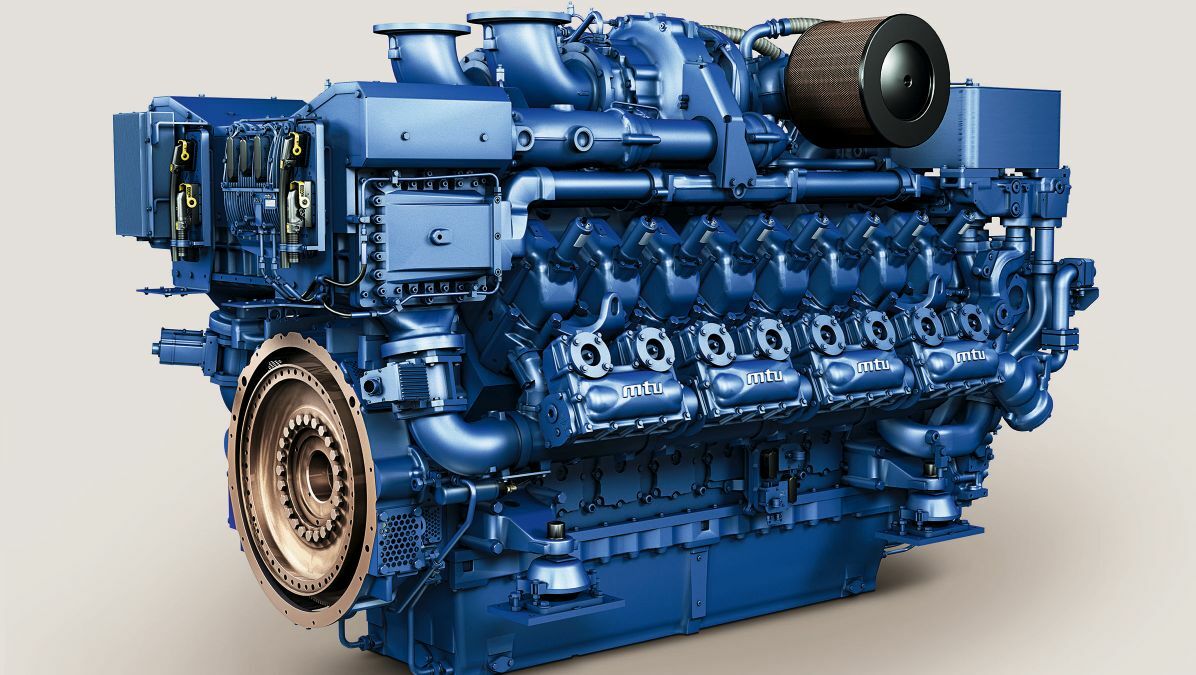The Mission for Ultimate Driving Power: Investigating the Peak of Engine Efficiency and Technological Developments in the Automotive Industry
In the world of automotive engineering, the pursuit of maximum driving power has been a relentless quest that has unfolded through the evolution of engine design and the integration of sophisticated modern technologies. From the thorough workmanship of burning engines to the fast developments in electrical propulsion systems, the vehicle market stands at the cusp of a brand-new age characterized by unprecedented performance capabilities.
Evolution of Engine Layout

Furthermore, the assimilation of turbocharging and supercharging innovations has actually revolutionized engine design by enhancing power without significantly boosting engine dimension. These forced induction systems press the consumption air, permitting more gas to be ignited, thereby producing higher power result from a smaller engine. This innovation has actually been particularly important in improving the efficiency of smaller sized variation engines while keeping gas efficiency standards.

Performance-Enhancing Fuel Technologies
The application of sophisticated fuel technologies has considerably contributed to enhancing engine performance in modern lorries. From typical gas and diesel to ingenious biofuels, synthetic fuels, and hydrogen, the automotive sector is observing a change in fuel options. Biofuels, derived from eco-friendly resources like sugarcane, algae, or corn, offer minimized emissions and boosted engine performance. Artificial fuels, produced via chemical processes, provide high octane rankings, enhancing power output. Hydrogen gas cells, although still in the early phases of fostering, show terrific assurance because of their zero-emission nature and potential for high efficiency. Additionally, gas additives and cleaning agents are being developed to clean engine elements, optimize burning, and decrease rubbing, consequently increasing total automobile performance. With continuous study and development, the pursuit for the utmost driving power proceeds, as engineers make every effort to unlock the full capacity of performance-enhancing gas innovations in the automotive sector.
Improvements in Electric Propulsion
Considerable strides in electrical propulsion modern technology have transformed the automobile market, leading the way for a brand-new period of reliable and lasting transport. Electric automobiles (EVs) are obtaining appeal due to their environmental benefits and developments in battery technology, making it possible for longer driving arrays and shorter charging times. Makers are spending heavily in research study and advancement to improve the performance of electric propulsion systems, focusing on increasing power output, improving power performance, and lowering total weight.
One noteworthy development in electric propulsion is the development of innovative electric motors that deliver higher torque and power density, resulting in boosted velocity and overall driving efficiency. Furthermore, regenerative stopping systems have actually been fine-tuned to capture and save power during deceleration, more increasing the efficiency of EVs.
Moreover, the assimilation of smart innovations, such as man-made intelligence and anticipating analytics, is optimizing the monitoring of electric propulsion systems, making certain ideal efficiency under different driving problems. These improvements in electric propulsion are improving the automotive landscape, driving the market in the direction of a more lasting and electrified future.
Effect of Computational Liquid Dynamics
With improvements in electric propulsion pressing the borders of automobile modern technology, the combination of Computational Liquid Characteristics is playing a critical function in maximizing aerodynamic efficiency and boosting overall efficiency in lorry design. Computational Fluid Characteristics (CFD) involves using computer system simulations to assess the flow of air around an automobile, enabling engineers to anticipate just how layout adjustments will affect the rules of aerodynamics without the demand for costly physical prototypes. By properly modeling air flow patterns, CFD allows for the improvement of lorry shapes to decrease drag, enhance cooling, and improve security.
CFD makes it possible for designers to maximize air movement around parts such as radiators, engine bays, and wheel wells, contributing to improved efficiency and general driving experience. In final thought, the integration of Computational Liquid Dynamics stands for a substantial action forward in the pursuit for utmost driving power and efficiency in the automotive see this sector.
Future Patterns in Engine Development
In the vibrant landscape of vehicle engineering, sophisticated innovations are forming the future trajectory of engine development. The future of engine layout is marked by a solid emphasis on efficiency, sustainability, and effectiveness. Makers are increasingly concentrating on developing engines see this here that not only deliver high power results but likewise prioritize environmental duty by improving and reducing discharges gas efficiency.
One famous fad in engine innovation is the increase of electrification. Crossbreed and electric powertrains are acquiring grip as viable options to conventional burning engines. These technologies provide the possibility for substantial reductions in carbon discharges and enhanced power efficiency, aligning with worldwide initiatives to battle climate change.
Furthermore, improvements in products scientific research and manufacturing techniques are allowing the production of lighter and much more sturdy engine parts. This change in the direction of lightweight materials such as carbon fiber and aluminum alloys contributes to improved performance and fuel economic climate.
Final Thought
Finally, the search of best driving power in the vehicle field proceeds to drive advancements in engine layout, gas modern technologies, electrical propulsion, and computational liquid characteristics. The advancement of these modern technologies is forming the future of engine advancement, leading the method for more effective and effective automobiles (engines for africa). As the market continues to push the borders of what is feasible, we can expect to see much more groundbreaking growths in the pursuit for peak efficiency
One of the essential milestones in engine design advancement is the shift from standard carbureted engines to modern fuel-injected systems. By precisely metering the gas shipment to each cylinder, fuel-injected engines maximize burning, resulting in better efficiency and lowered environmental impact.
In addition, the assimilation of turbocharging and supercharging technologies has actually transformed engine design by improving power without dramatically boosting engine size More Info (engines for africa).The execution of innovative gas innovations has dramatically contributed to boosting engine performance in modern-day cars. In addition, fuel ingredients and detergents are being created to clean engine parts, optimize burning, and reduce rubbing, thereby enhancing general lorry performance